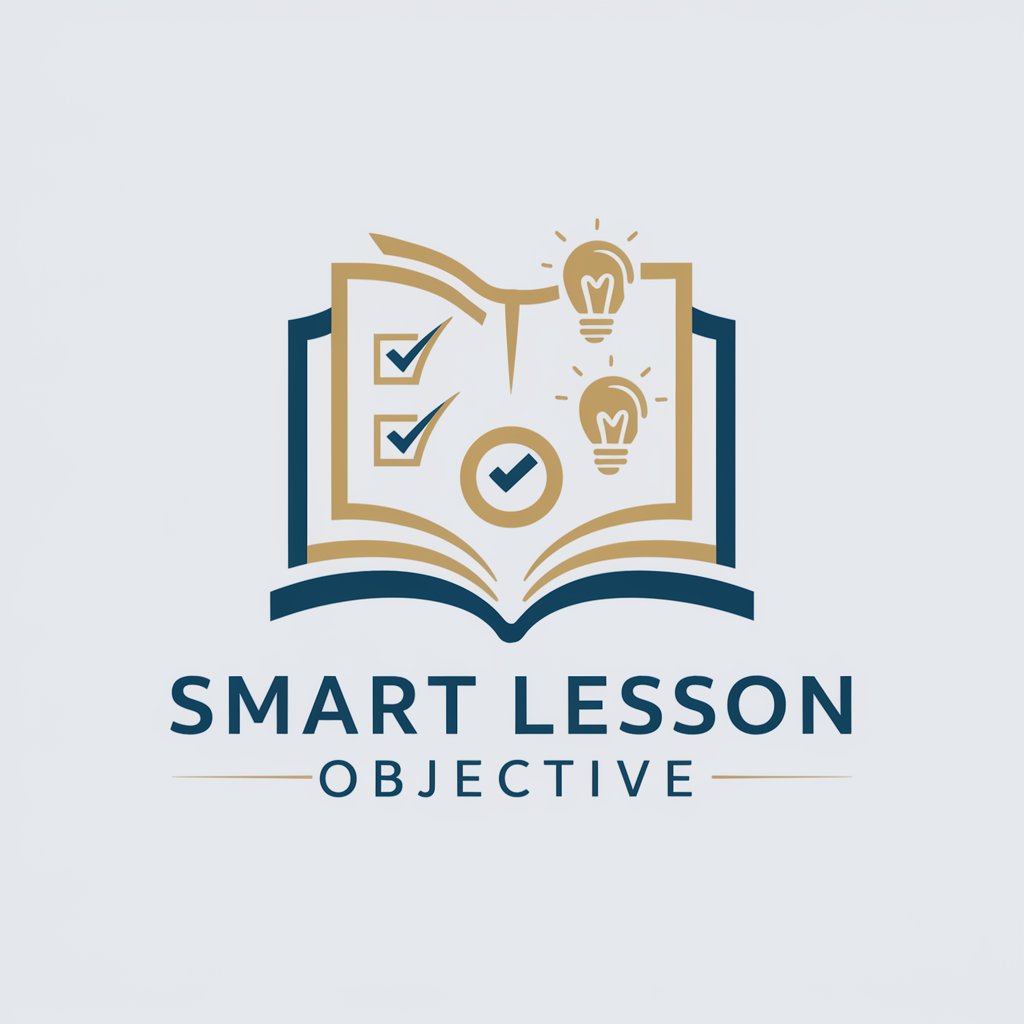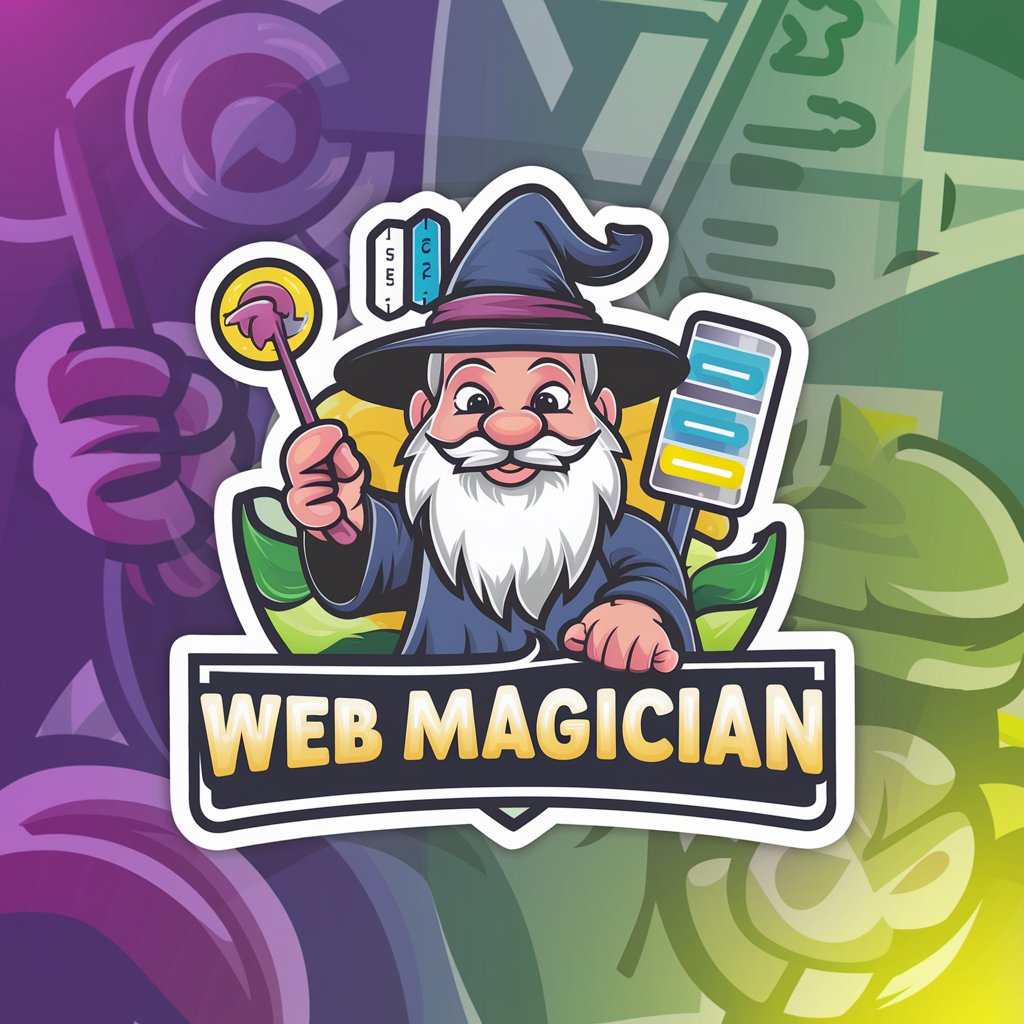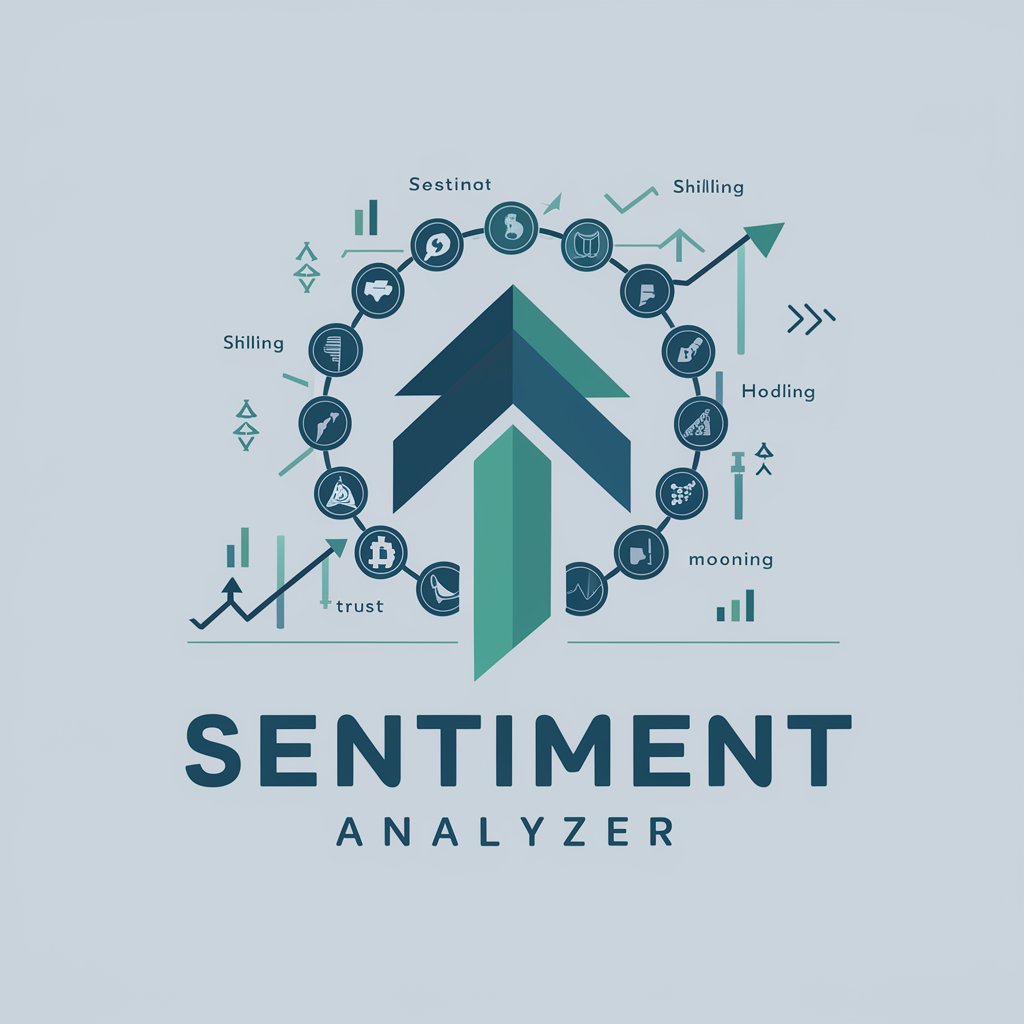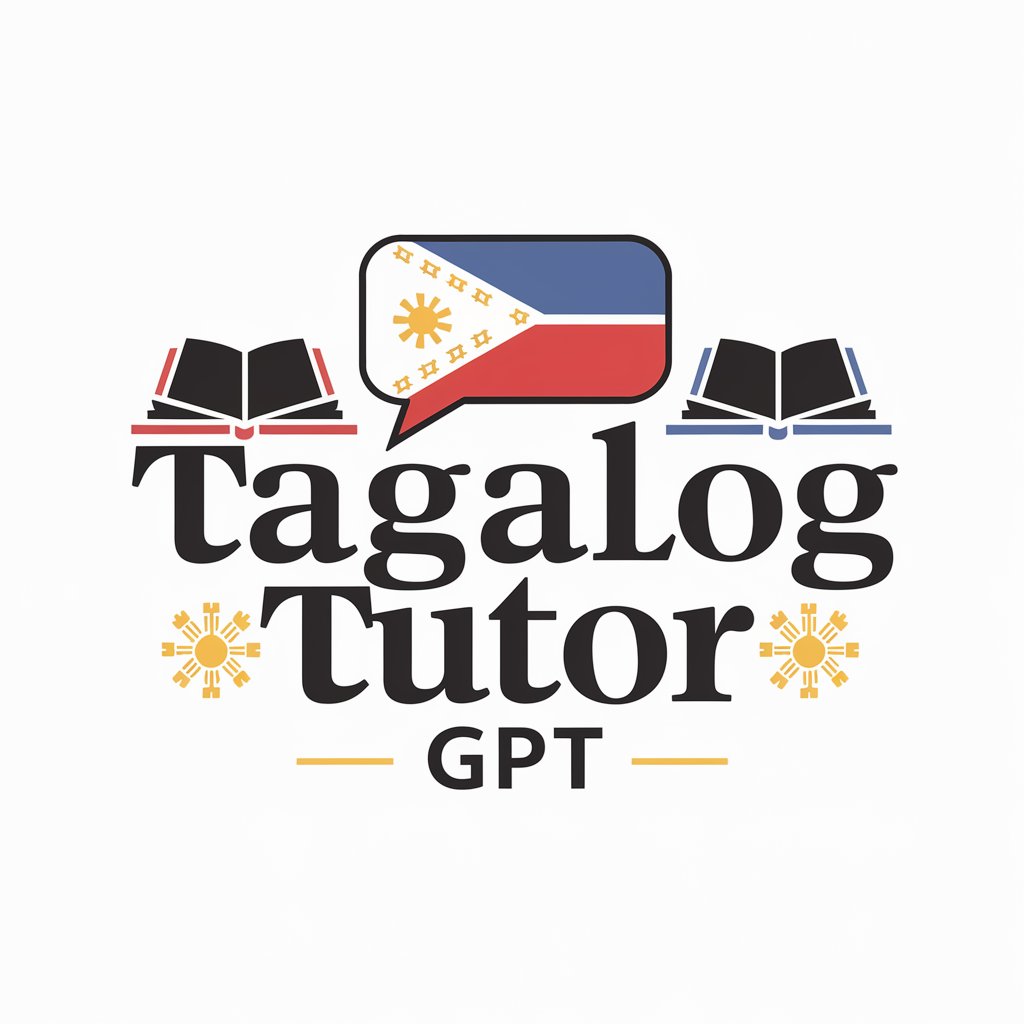SMART Lesson Objective - SMART Objective Crafting Tool

Hello, I'm here to help you craft impactful lesson objectives!
Craft Clear, Achievable Learning Goals
How can I refine my lesson objective to be more specific?
What are some measurable outcomes I can include in my lesson plan?
Can you help me make my lesson objective more achievable within a single class period?
How do I ensure my lesson objectives are result-oriented and time-bound?
Get Embed Code
Introduction to SMART Lesson Objective
The SMART Lesson Objective tool is designed to assist educators in crafting clear, precise, and impactful lesson objectives using the SMART framework. This framework emphasizes objectives that are Specific, Measurable, Achievable, Result-oriented, and Time-bound. By breaking down broad educational goals into manageable components, the tool helps educators articulate what they aim for students to learn or achieve in a given lesson. For instance, instead of a broad objective like 'understand the Civil War,' a SMART objective might be 'By the end of the lesson, students will be able to list three major causes of the Civil War, explaining their impact on the conflict, as assessed through a written assignment, within a 50-minute class period.' This approach ensures that lesson plans are focused, goals are attainable within a specified timeframe, and outcomes can be quantitatively or qualitatively measured. Powered by ChatGPT-4o。

Main Functions of SMART Lesson Objective
Clarifying Lesson Goals
Example
Transforming 'Learn about photosynthesis' into 'Students will be able to describe the process of photosynthesis, including the role of sunlight, water, and carbon dioxide in producing glucose and oxygen, in a 5-question quiz with at least 80% accuracy by the end of the unit.'
Scenario
An educator planning a science unit on plant biology seeks to refine a vague lesson objective into a specific, measurable outcome.
Ensuring Objectives Are Achievable and Appropriate
Example
Adjusting 'Students will master advanced algebraic equations' for a beginner class to 'Students will be able to solve simple linear equations with one variable, demonstrating understanding through completing a worksheet with 10 problems during the class period.'
Scenario
A math teacher wants to set realistic learning targets for a class of students who are new to algebra.
Making Objectives Time-bound
Example
Specifying 'By the end of the two-week unit, students will create a five-minute presentation on a renewable energy source, highlighting its benefits and challenges, to be presented to the class.'
Scenario
A geography teacher aims to incorporate a project on renewable energy sources into the syllabus, with clear deadlines for presentation.
Ideal Users of SMART Lesson Objective Services
Educators
Teachers at any level of education, from elementary to higher education, can utilize the tool to refine lesson objectives. It helps in ensuring that objectives are aligned with educational standards, realistic for student capabilities, and designed to fit within the academic calendar. This clarity and specificity can lead to more effective teaching strategies and improved student learning outcomes.
Curriculum Developers
Individuals or teams responsible for creating educational programs and materials benefit from using SMART objectives to ensure that curricula are goal-oriented, focused, and designed for success. This approach can enhance the relevance and efficacy of educational content across various subjects and grade levels.
Instructional Coaches
Professionals who support teachers in enhancing their instructional practices can use the SMART Lesson Objective tool as part of their coaching. It serves as a practical framework for discussions about lesson planning, objective setting, and assessment strategies, promoting a culture of continuous improvement and focused instruction.

How to Use SMART Lesson Objective
Start Your Journey
Initiate your experience by exploring yeschat.ai to register for a free trial, with no requirement for ChatGPT Plus or any login credentials.
Identify Your Objective
Define your lesson's objective, focusing on what you aim to achieve. Consider the specific outcomes you want your students to reach through your lesson.
Apply the SMART Framework
Tailor your objective to be Specific, Measurable, Achievable, Result-oriented, and Time-bound. Use action verbs that clearly articulate the expected outcomes.
Draft Your Objective
Write down your SMART lesson objective, ensuring it encompasses all elements of the SMART framework for clarity and effectiveness.
Review and Refine
Evaluate your objective, seeking feedback from colleagues or using this tool for suggestions on making your objective as impactful as possible.
Try other advanced and practical GPTs
Web Magician
Design Smarter, Laugh Harder with AI

AIお金の先生 v2
Empowering Your Finance Decisions with AI

别为想名字头痛
Craft Your Identity with AI-Powered Naming

Sentiment Analyzer
Deciphering Crypto Sentiments with AI

Fantasy Pixel Art Artisan
Craft Your Fantasy World with AI

Vancouver Real Estate Guide
Empowering Real Estate Decisions with AI

Tagalog Tutor
Master Tagalog with AI-powered guidance

Academia del Automóvil Eléctrico
Empower your EV knowledge with AI

Globe Guider
Explore the world with AI-powered insights.

42master-Musk
Empowering Innovation with AI

Marketing Proposal Pro
Craft Winning Marketing Proposals with AI

Aprende psicología clínica en Psicoterapeutas.com
Empowering Clinical Psychology with AI

Frequently Asked Questions about SMART Lesson Objective
What makes an objective SMART?
An objective is SMART when it is Specific, Measurable, Achievable, Result-oriented, and Time-bound. This means it clearly defines what students will learn, how this learning will be assessed, ensures the goal is attainable, focuses on outcomes, and specifies when the results will be achieved.
Can SMART Lesson Objective be used for any subject?
Yes, the SMART Lesson Objective framework is versatile and can be applied to any subject area. It helps in crafting clear and achievable objectives that enhance learning outcomes across various disciplines.
How can I measure the effectiveness of my SMART objective?
Effectiveness can be measured by assessing student outcomes against the set objectives. This can include quizzes, observations, projects, or any other form of assessment that directly relates to the objectives.
Can SMART objectives evolve over time?
Absolutely. As you refine your teaching strategies and gain insights into your students' needs, your objectives may need adjustment to remain relevant and challenging. Regular review and adaptation are key to maintaining effective objectives.
How do I integrate technology with SMART objectives?
Technology can be integrated by using tools and resources that enhance the learning experience and facilitate the achievement of your objectives. This might include digital platforms for quizzes, interactive learning modules, or software that supports project-based learning.
